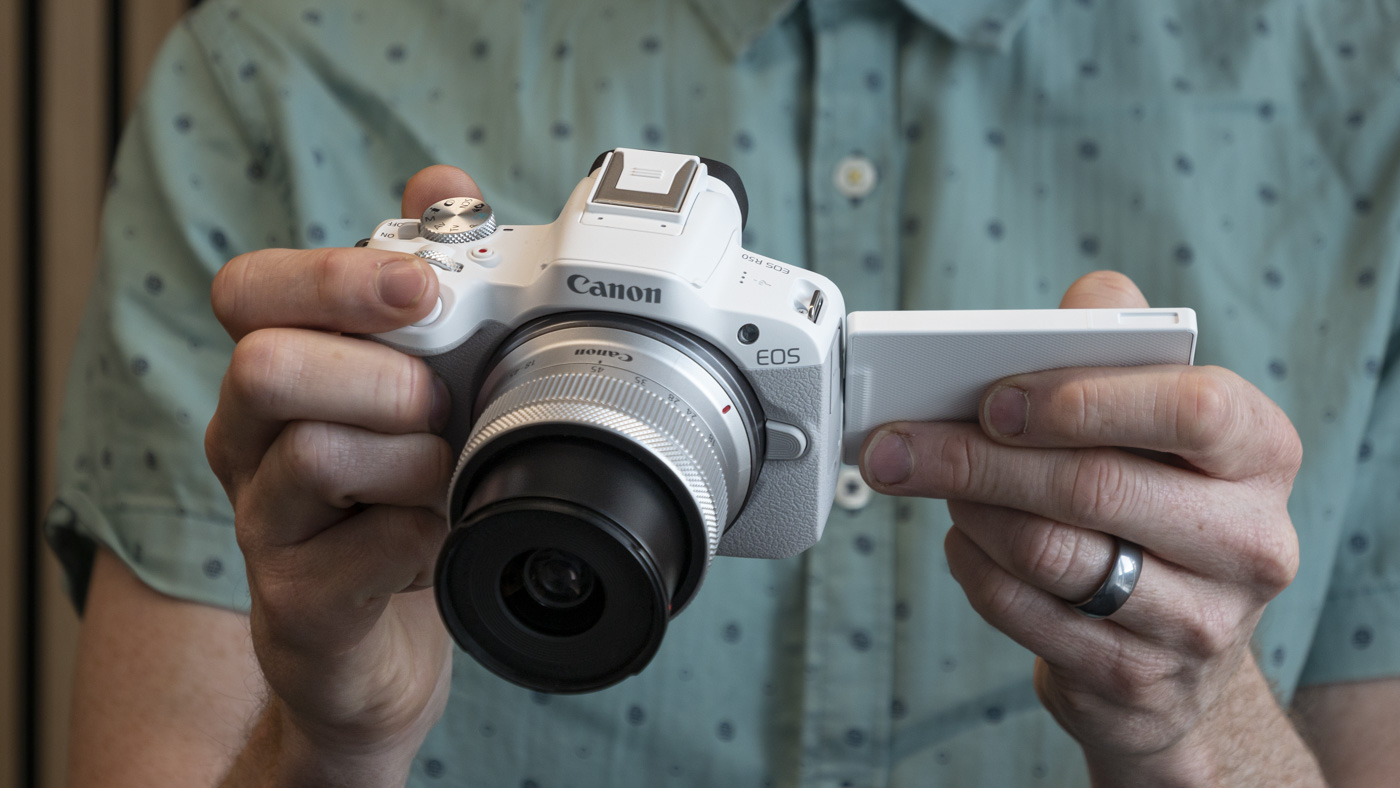TechRadar Verdict
If you’re looking for a camera to use as a stepping stone for improving your photography, this compact little camera from Canon could be just the ticket. It doesn’t have all the bells and whistles as many other models, but it would be great for raising your game from phone photography. But for anything beyond the beginner level, it may disappoint.
Pros
- +
Light, compact and great for travel
- +
Affordable
- +
Great image quality in good conditions
Cons
- -
No IBIS
- -
Underwhelming low-light performance
- -
Very limited in terms of specs and features
Why you can trust TechRadar
The R50 is Canon’s smallest, lightest, and most compact APS-C camera to date. It’s a dinky little thing, yet definitely capable of producing good-quality images. In terms of the Canon family tree, it’s positioned just below the best-in-class EOS R10 and shares the same sensor. Think of it as the spiritual successor to the M50.
Overall, the only overwhelming response I have to this camera is: it’s fine. That said, it’s not aimed at me. The R50 is very much aimed designed as a beginner mirrorless camera for anyone wanting to get into photography, and as I have been very spoiled with some of the cameras I’ve reviewed, it’s only natural that it’s going to seem very basic in comparison. I was reviewing the R50 at the same time as the R8 and I seemed to naturally gravitate towards the R8 a lot more, so if you are more advanced in your photography, the R50 might not be enough for you.
That said, it would be ideal for anyone looking to raise their game from phone photography as it’s designed mainly to be used in auto mode. Though if you’re looking to grow with a camera, the R50 is fairly limited and could let you down.
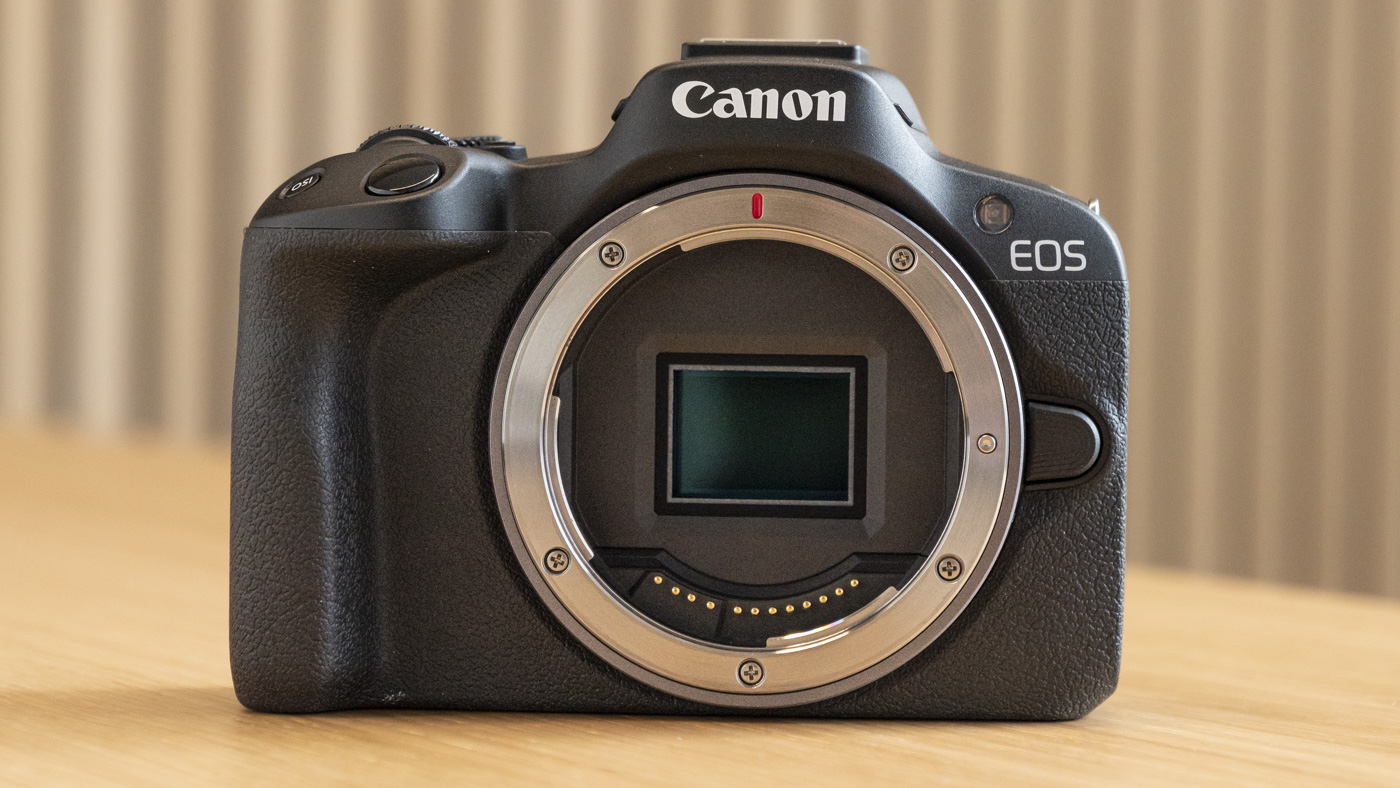
Canon EOS R50 price and availability
- Canon’s cheapest EOS R system camera
- Priced at £789.99 / $680 / AU$1,249 (approx) body only
- Also available as a kit with the RF-S 18-45mm lens
At just $680, this is one of, if not the most affordable APS-C cameras available on the market. Though the price is indicative of what it can do and the features it has, so it’s fair to say you shouldn’t expect all the bells and whistles on a camera this cheap. That said, it does the basics very well.
It comes in either black or white (with silver kit lenses available for the white body). Trying to be impartial here, but, as the body is made up mainly of plastic, the white version does look a bit like a toy, in my opinion. Plus, it’s unlikely there will be many silver lenses made when they finally expand their APS-C lens line-up.
Canon are currently selling this camera for $679.99 for just the body, $799 for the body plus the 18-45mm f/4.5-6.3 lens, and $1029 for the body with body the 18-45mm f/4.5-6.3 and 55-210mm f/5-7.1 lenses.
- Value: 3/5
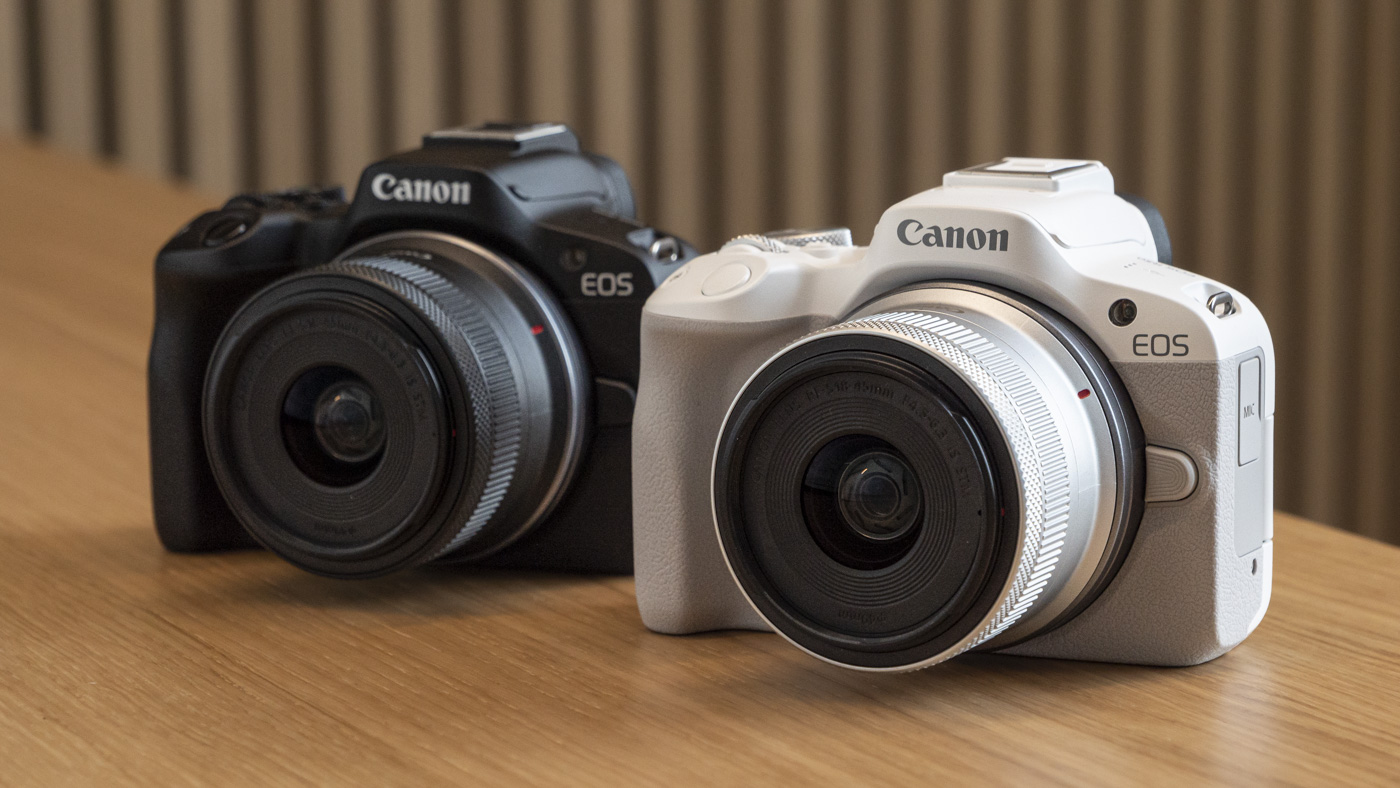
Canon EOS R50: Specs
| Header Cell - Column 0 | Canon EOS R50 |
|---|---|
| Price (body only) | $679.99 / £789.99 / AU$1,249 |
| Sensor: | 24.2MP CMOS (APS-C) sensor (22.3 x 14.9mm) |
| AF points: | 651-point array |
| Video: | 4k 30p |
| Viewfinder: | 2.36m -dot |
| Memory cards: | 1 x SD/SDHC/SDXC UHS-I |
| LCD: | 3.fully articulating, 1.62m -dot |
| Max burst: | 15fps |
| Connectivity: | Wi-Fi, USB-C |
| Size: | 116 x 88 x 69mm (4.57 x 3.39 x 2.72″) |
| Weight: | 375g (with card and battery) |
Canon EOS R50: design
- Canon’s most compact and lightweight RF-mount camera
- Extremely simplified interface
- Limited lens availability
When you’re holding the R50 in your hands for the first time, it’s very likely that your first thought will be “Wow, this is small”. It’s absolutely tiny and weighs only 375g with the battery and an SD card in situ. I love lighter cameras personally, but I do also like them to feel solid in my hands and not worry that they’ll fly away in a stiff breeze. Sometimes a smaller grip can make it a bit awkward and uncomfortable to hold, and the R50 did feel a little too light and small for me personally — and I have small hands. However, if you pair it with a bigger EOS RF lens then it’ll feel like it has a bit more bulk to it.
Sign up for breaking news, reviews, opinion, top tech deals, and more.
The controls and dials on the body have also been simplified — which will either be a good or a bad thing, entirely depending on your personal preference. For example, there’s only one control dial on the body, which is great if you only plan on shooting in auto or one of the priority modes, but not so great if you plan on shooting in manual and want to be able to change all your exposure settings separately. There’s also no focus joystick and no AF-ON button, but you can use the screen to set the focus.
The EVF and LCD back screen are pretty decent for such a small, affordable camera — 2.36m dots and 1.62m dots respectively. It’s nothing amazing, but it’s what you’d expect for this price point and certainly does the job.

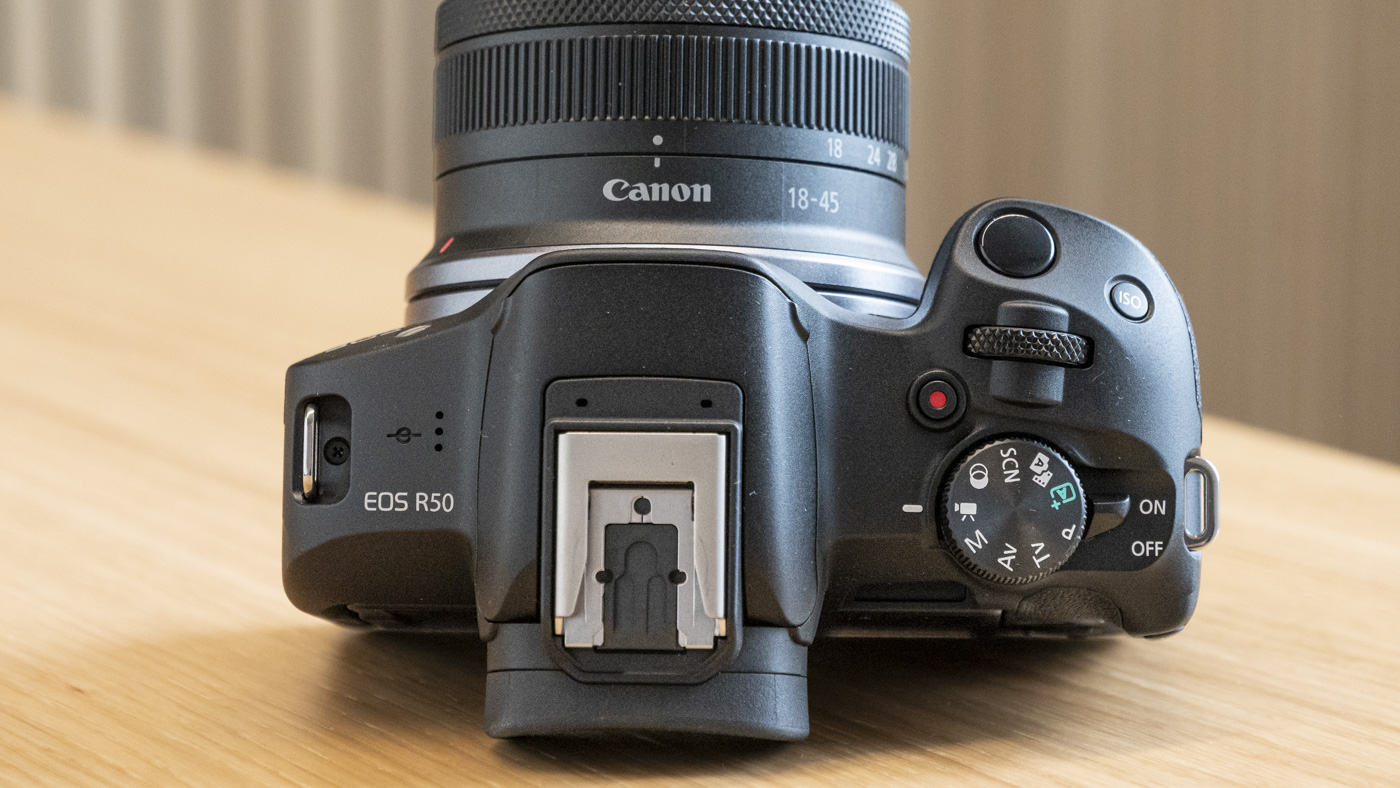
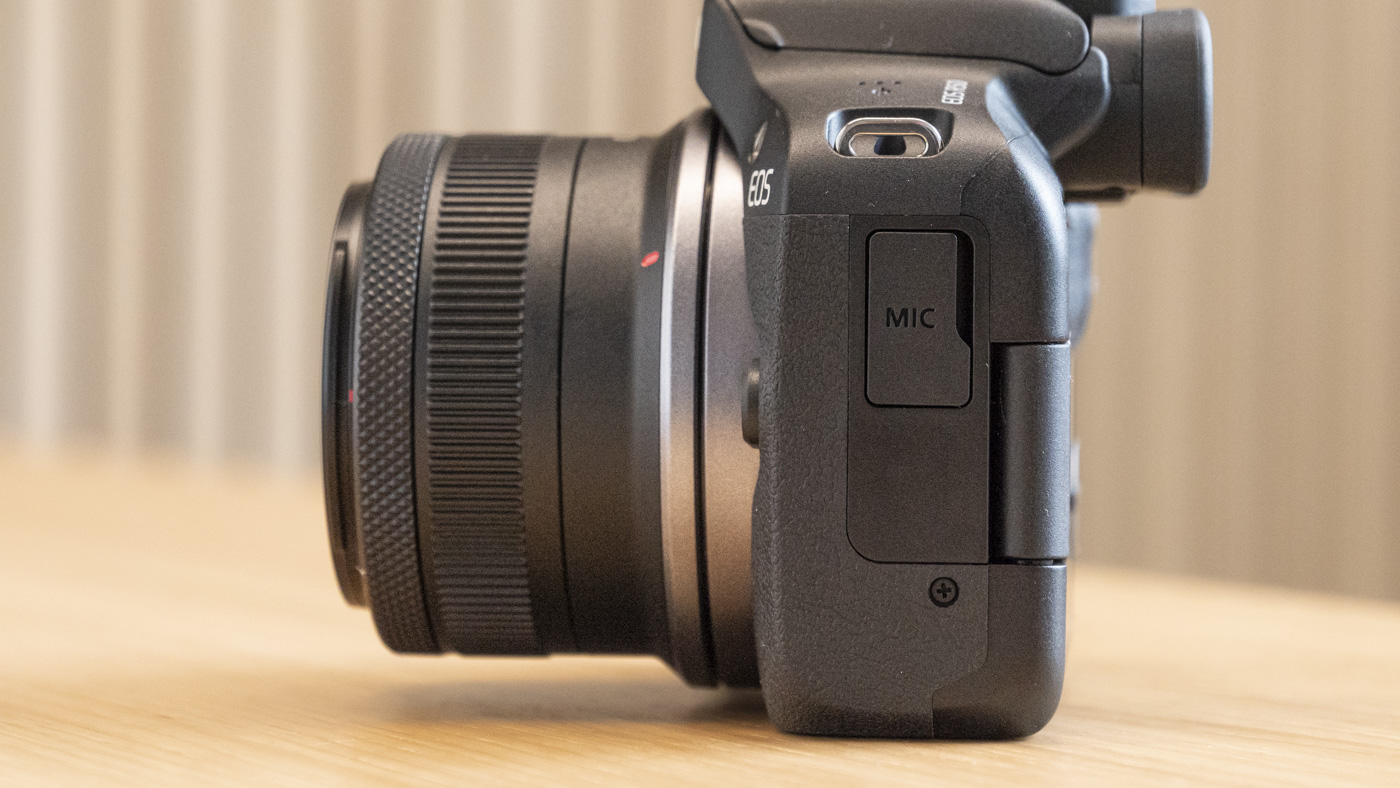
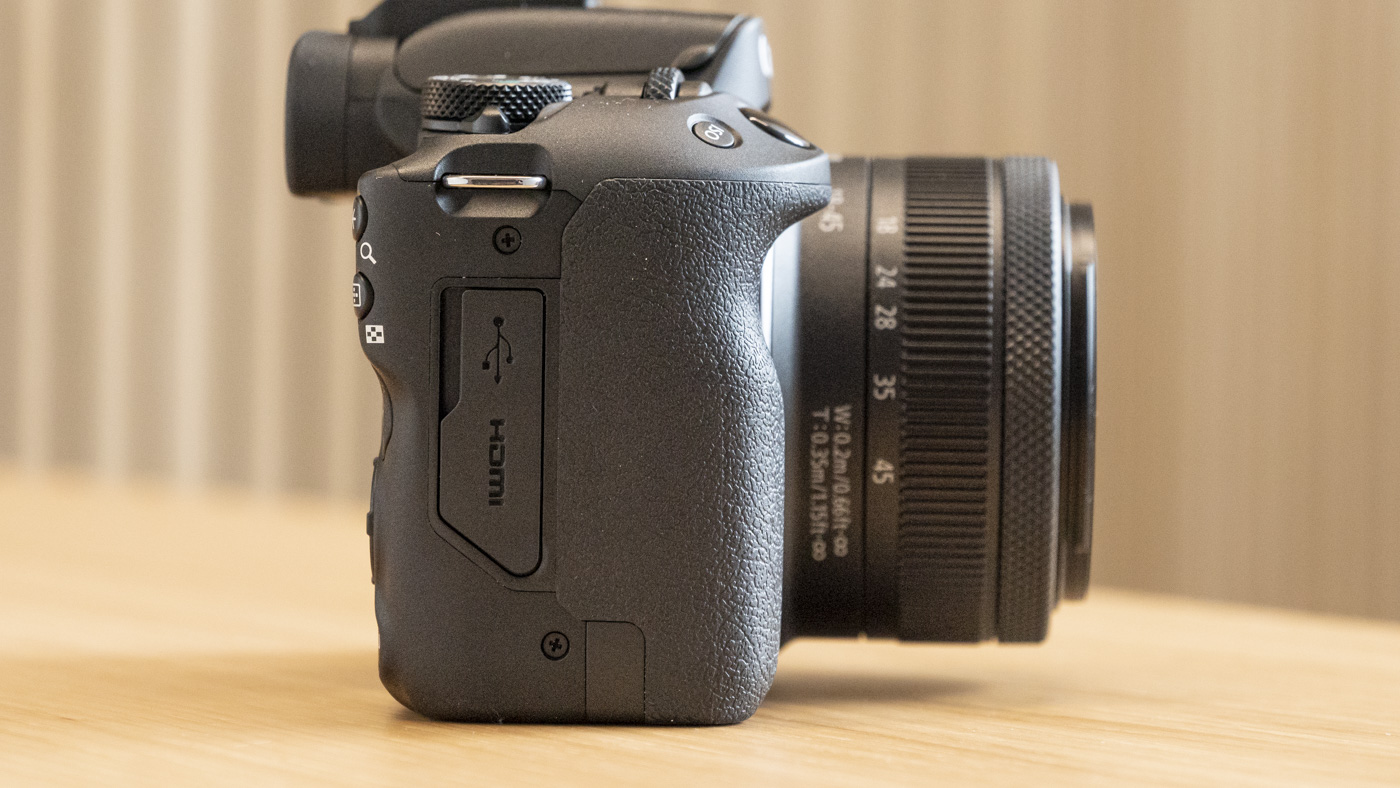
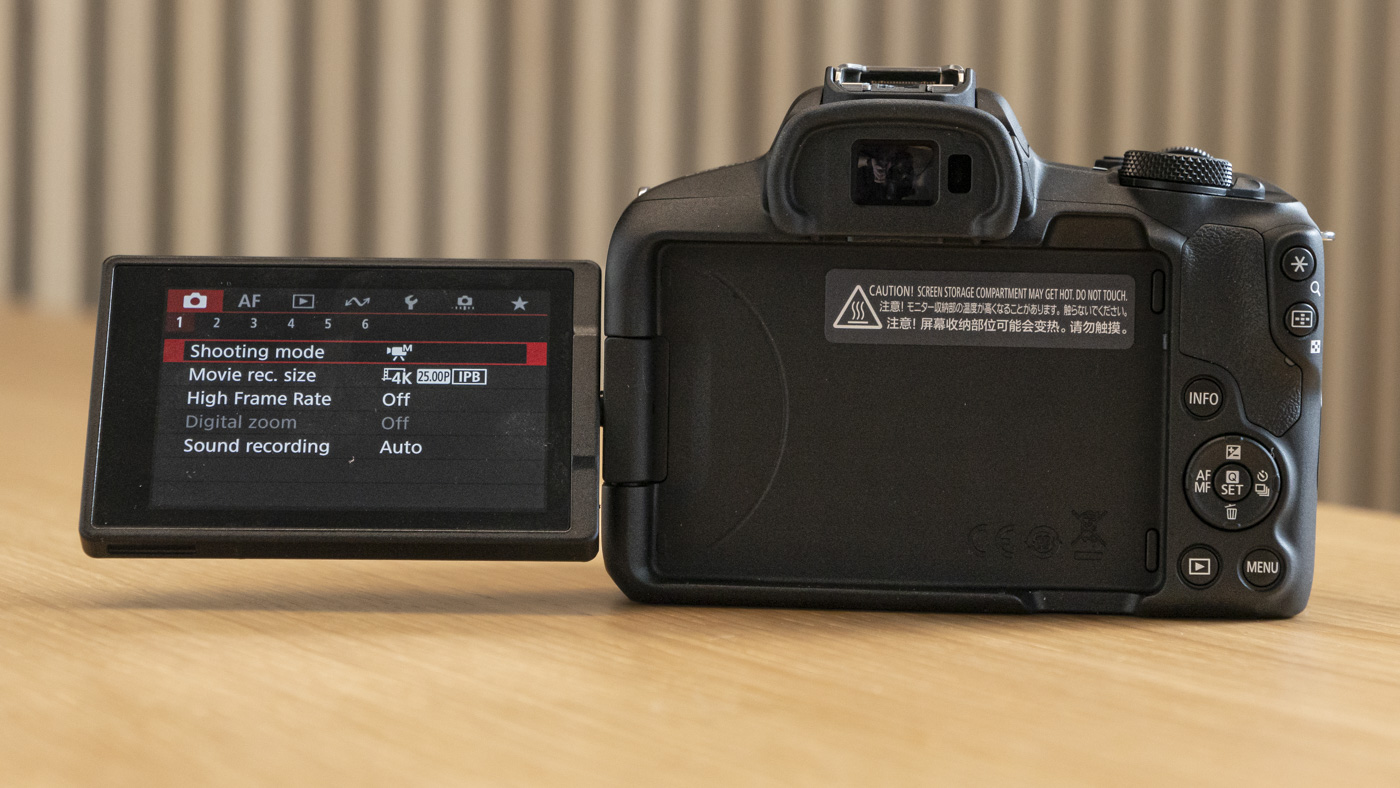
Unsurprisingly, there’s only one card slot. Dual card slots are only really utilized by professionals who need backups of their work, so the fact that it only has one won’t be much of an issue in reality when you think about who this camera is actually for. The battery is also pretty small — but again, this will come as no surprise.
It has an RF lens mount that can accommodate any of Canon’s RF or RF-S lenses. Currently, there are only 3 RF-S lenses available, and none of them are primes. In fact, they’re all pretty standard kit lenses, so Canon really needs to up its game when it comes to compatible crop-sensor lenses. You can use the full-frame RF lenses with this camera though, but there will be a 1.6x crop to contend with.
- Design score: 3/5
Canon EOS R50: features and performance
- Simple and convenient for point & shoot photography
- Impressive autofocus
- Not a particularly fast shooting camera
Canon has steadily been raising its game when it comes to autofocus in particular. For a long time, Sony was the industry leader, but lately, Canon have been hot on their heels, and the R50 is no exception. It has people, animal, and vehicle autofocus modes, so you can easily shoot just about anything. When I was testing this camera, it hardly missed focus at all.
It also has an ‘auto’ subject tracking mode, where the camera will automatically detect what kind of subject is in the frame and track it accordingly, which is great for those unexpected moments that happen quickly, but it’s obviously always going to be more accurate when you set it manually.
As this camera is so compact and lightweight, in theory, it would be a great little thing to take traveling with you. However, one thing that lets it down in this area is the battery life. It won’t come as a surprise to hear that the battery is quite small, so you’d find yourself needing to carry spares with you if you’re going to be using this camera for travel photography or vlogging.
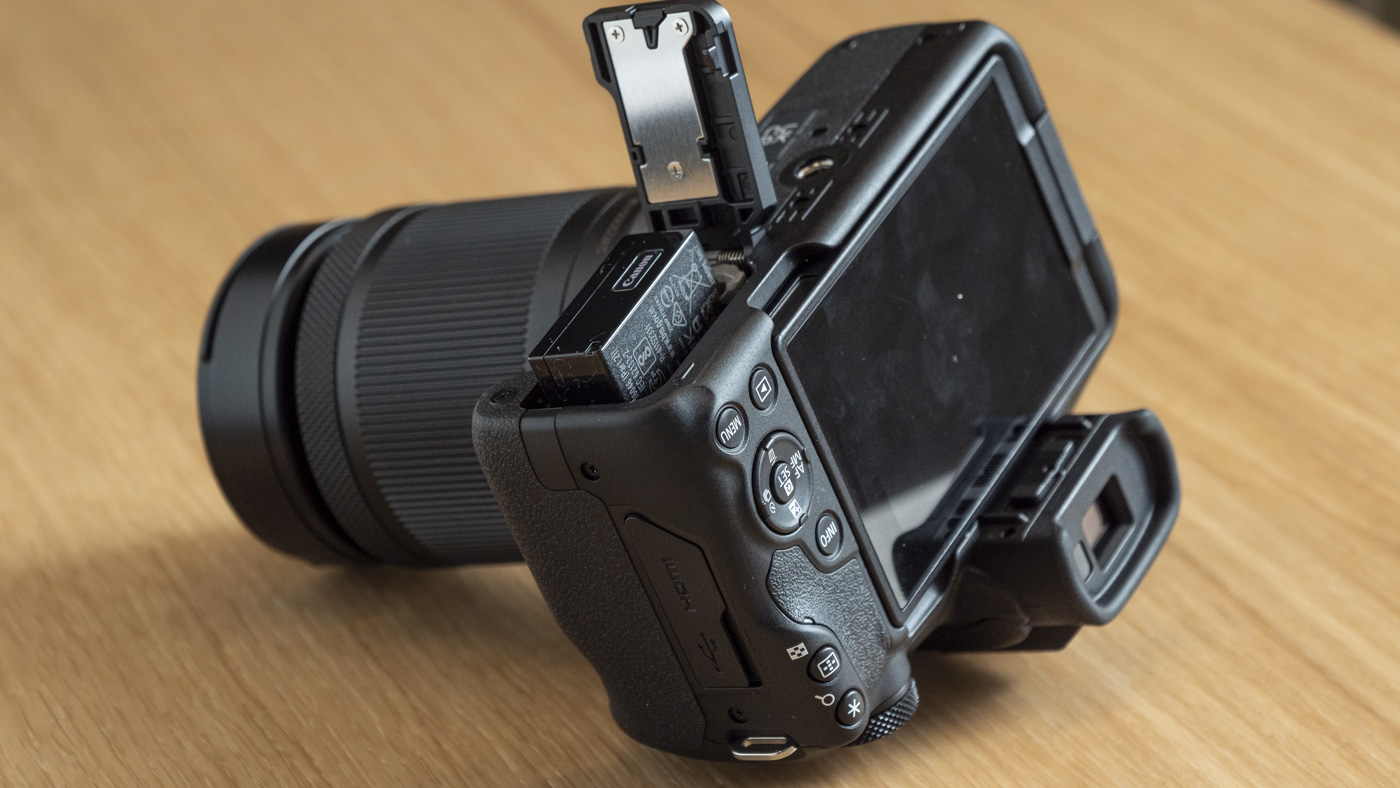
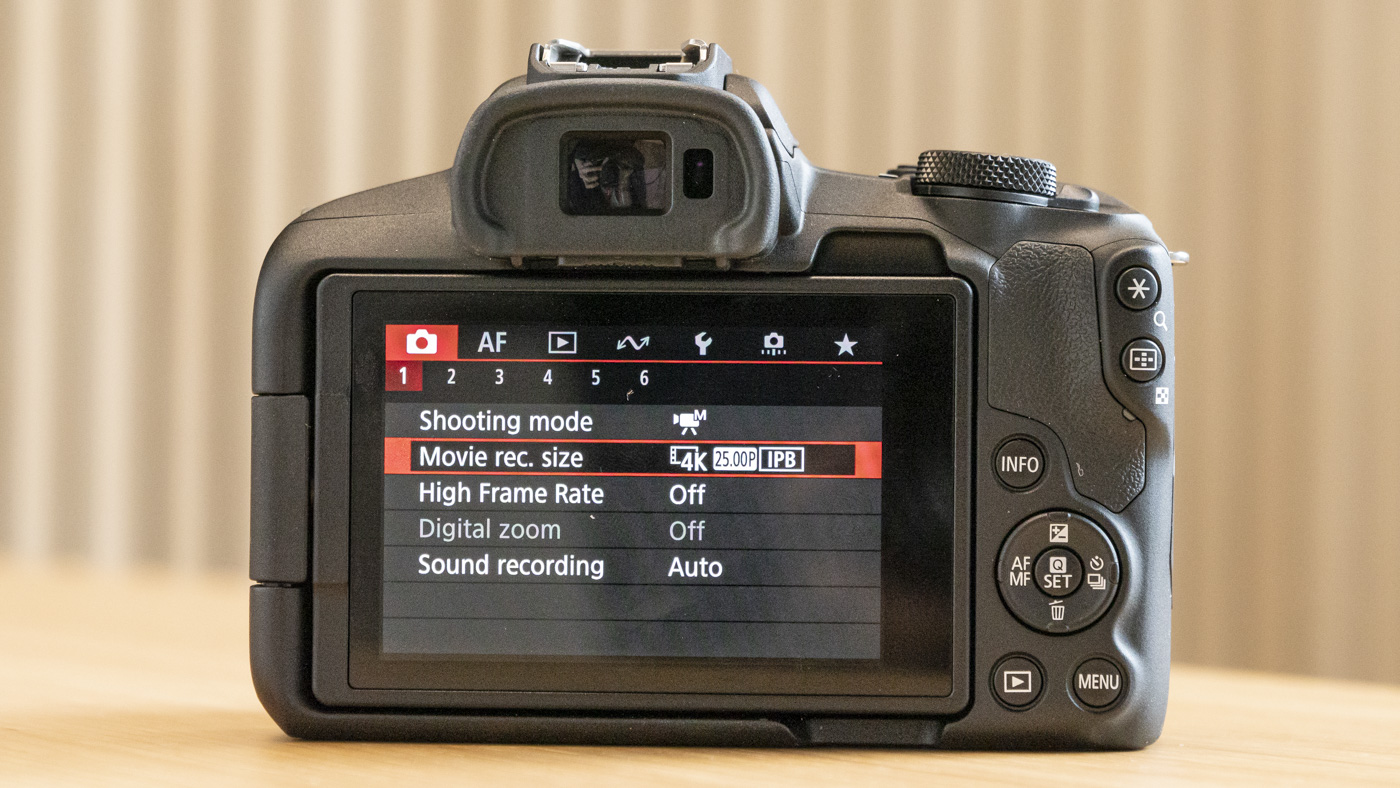
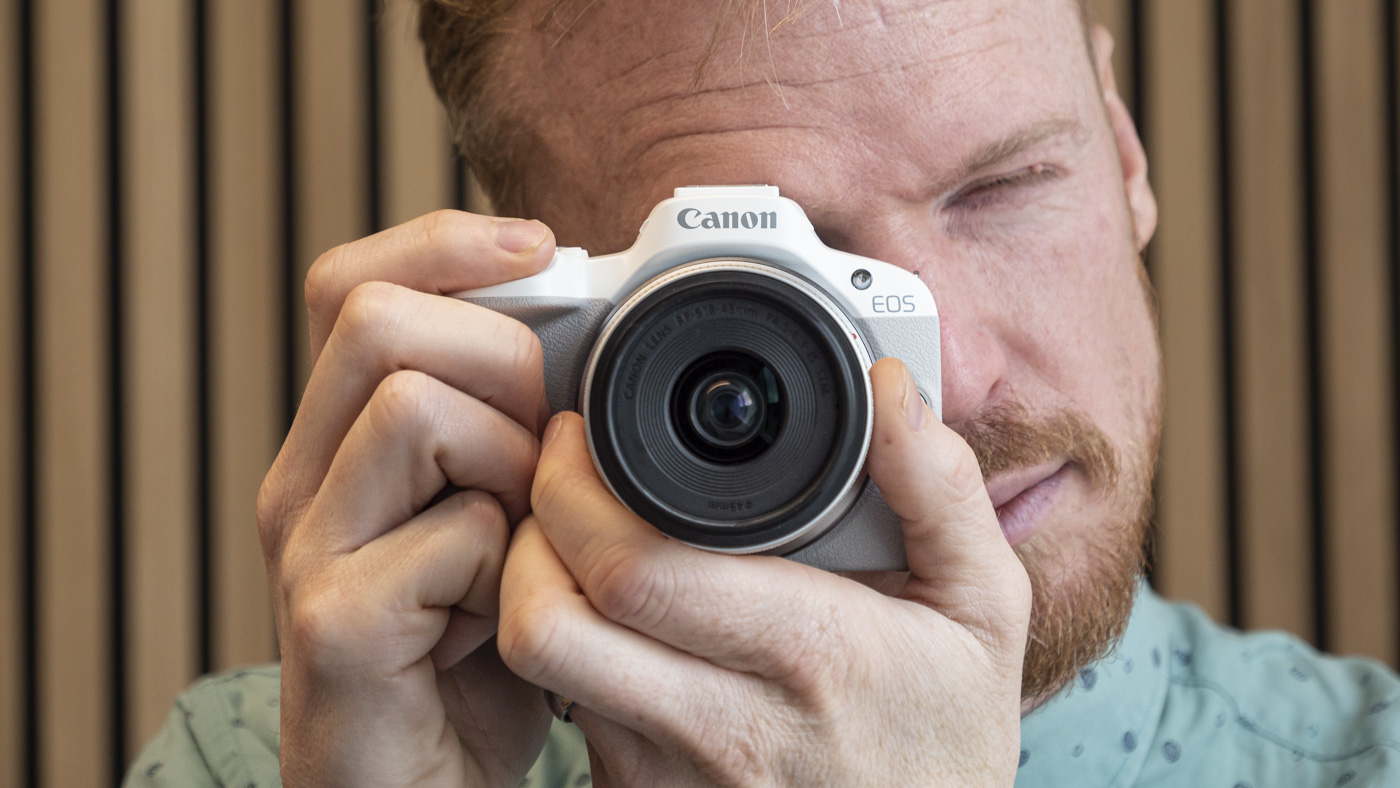
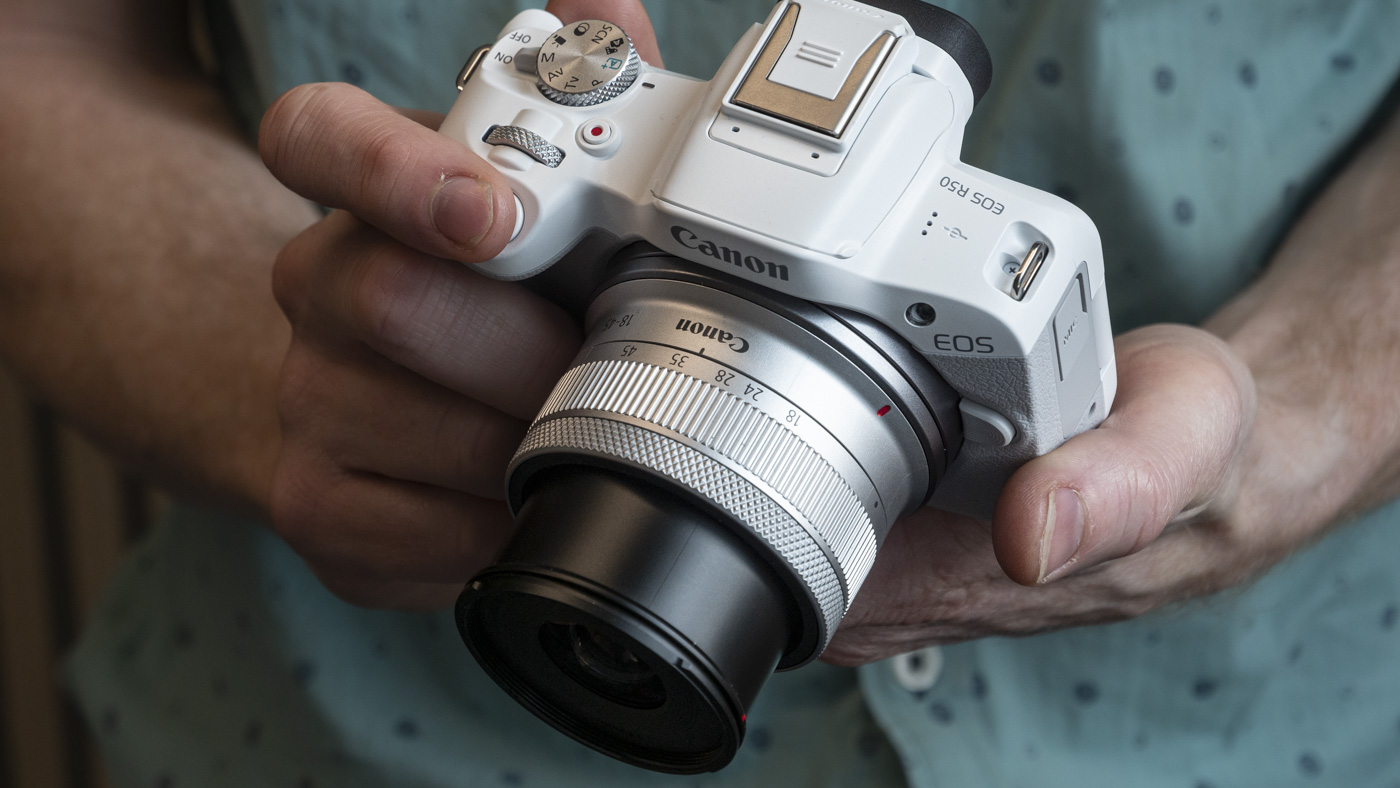
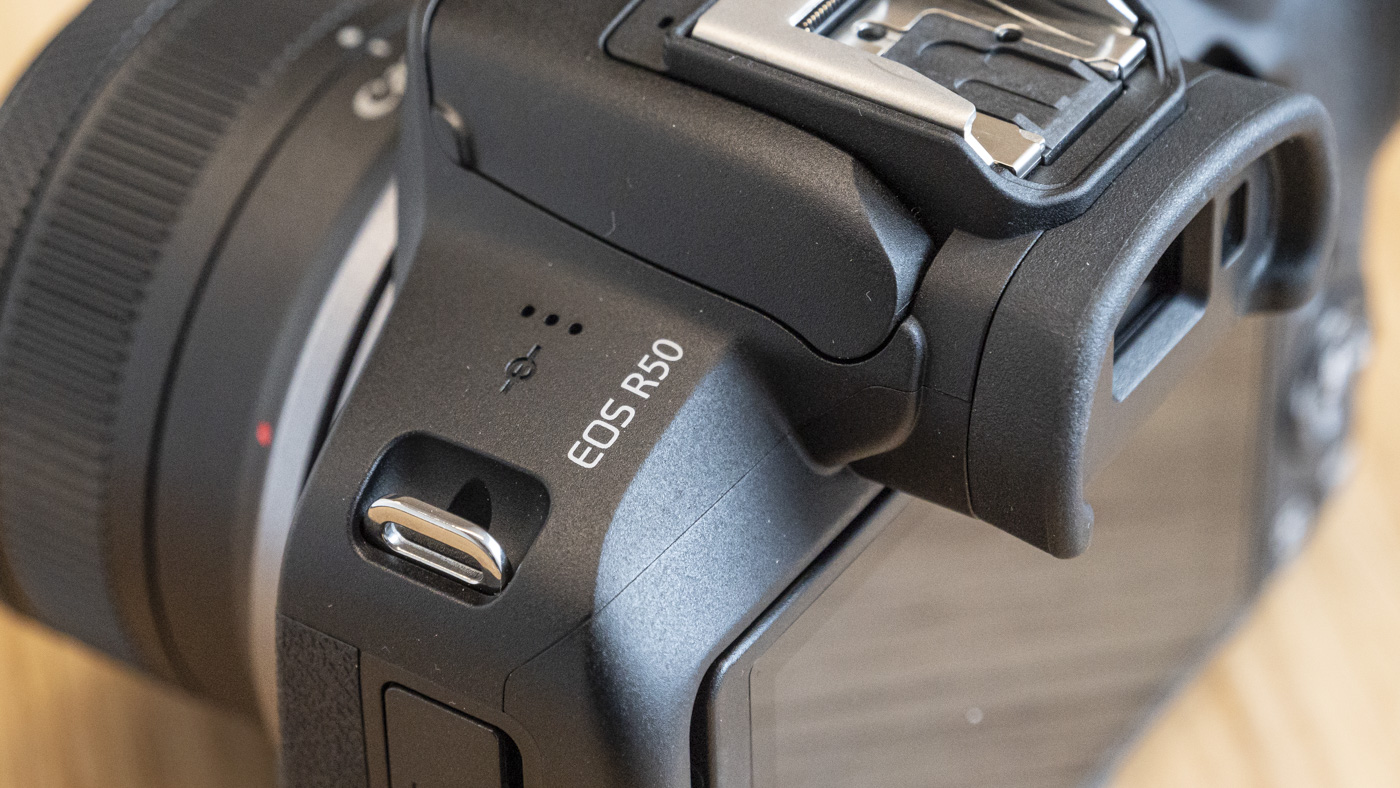
There’s also no option to shoot with only a mechanical shutter — you can either choose between electronic or electronic with 1st curtain. Though for the style of shooting, you’d likely be doing with this camera, that’s not really a big deal. In electronic, the camera can achieve a 15fps frame rate, and that goes down to 12fps in electronic 1st curtain. That said, there isn’t a particularly deep buffer on this camera, so take that into consideration if you think you’ll need to be shooting in burst mode a lot.
One neat feature that they also included on the R8 is subject detection. If you’re shooting a scene with more than one face in it, you just tap the screen in the subject to detect mode and it will cycle through all the different faces in the frame, so you can make sure the focus is set on the face you want. This is a great feature as there’s no focus joystick on the body and the focus point is usually mainly determined by the touchscreen.
- Features and performance: 4/5
Canon EOS R50: image and video quality
- Doesn’t have IBIS
- Similar image quality to R10
- Limited options for vlogging
When you consider the price point of this camera, it will come as absolutely no surprise at all that it doesn’t have IBIS. Beginners won’t find this much of an issue, and honestly, when I was shooting with it, it didn’t bother me at all. It would prove to be problematic if you plan on shooting video though, so you’d need to use it on a gimbal.
The image quality is similar to the R10 as it has many of the same specs, including the same 24MP sensor. Overall I was really impressed with the images it produced. They had great, natural colors, good dynamic range, and were sharp and clean — no complaints there.
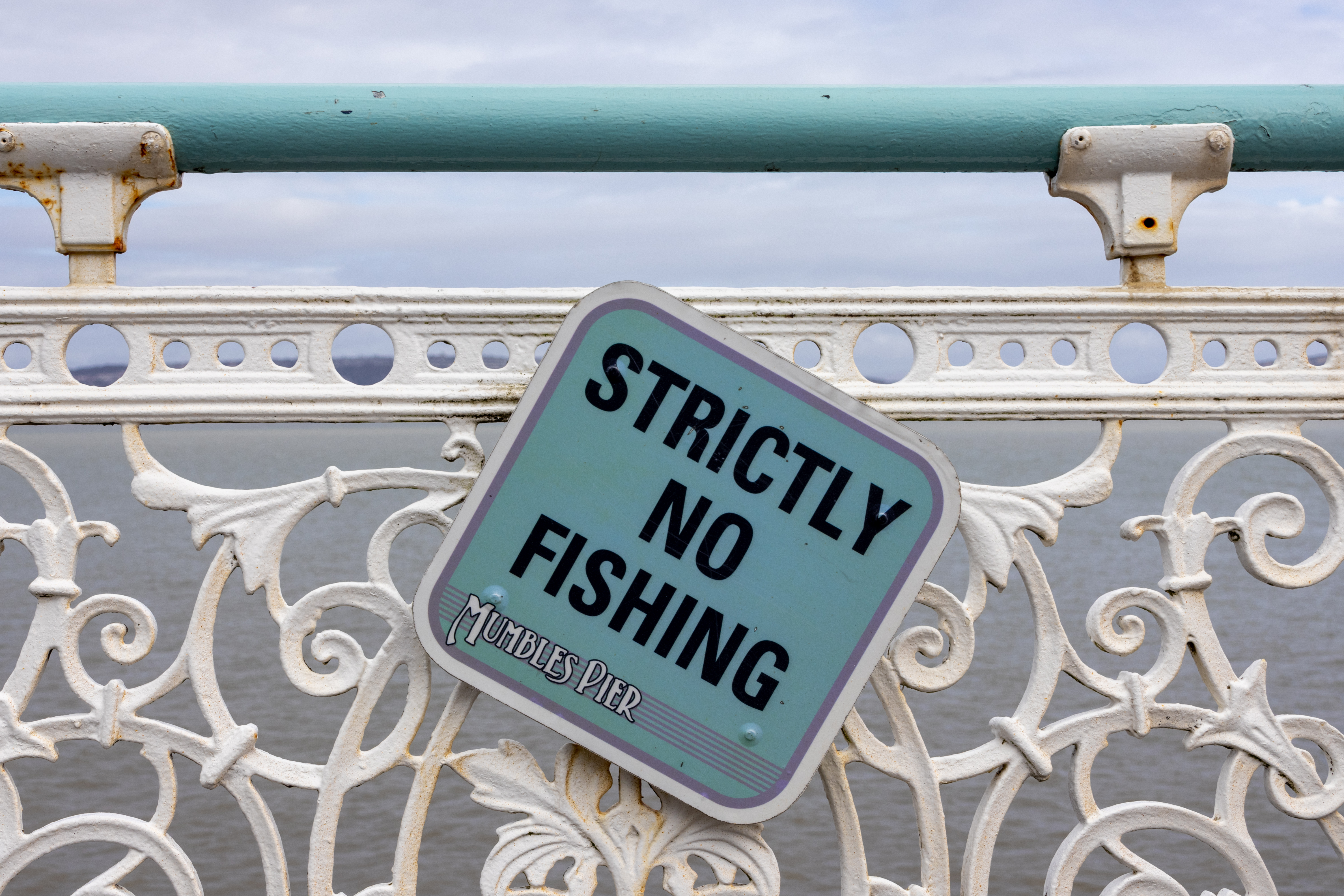



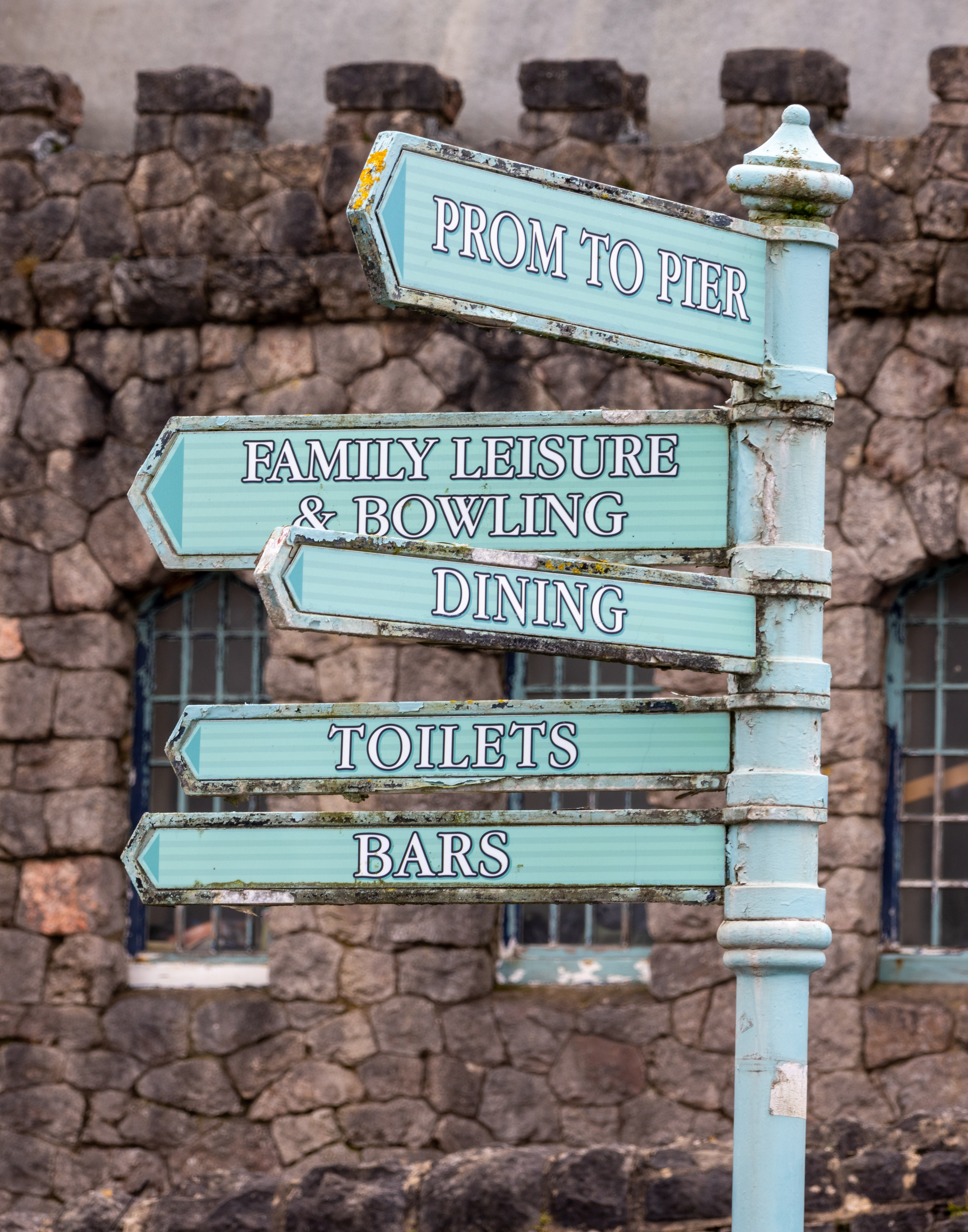
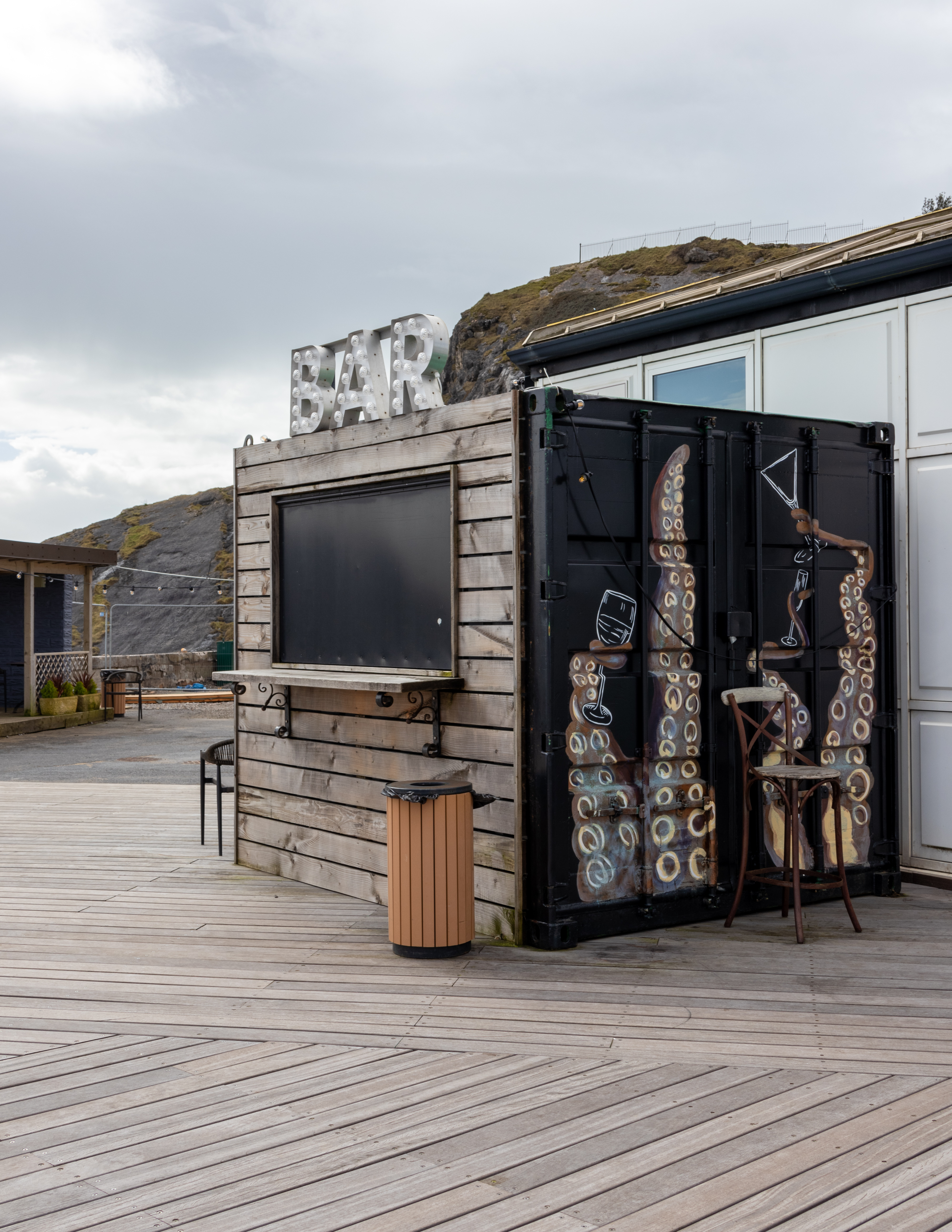

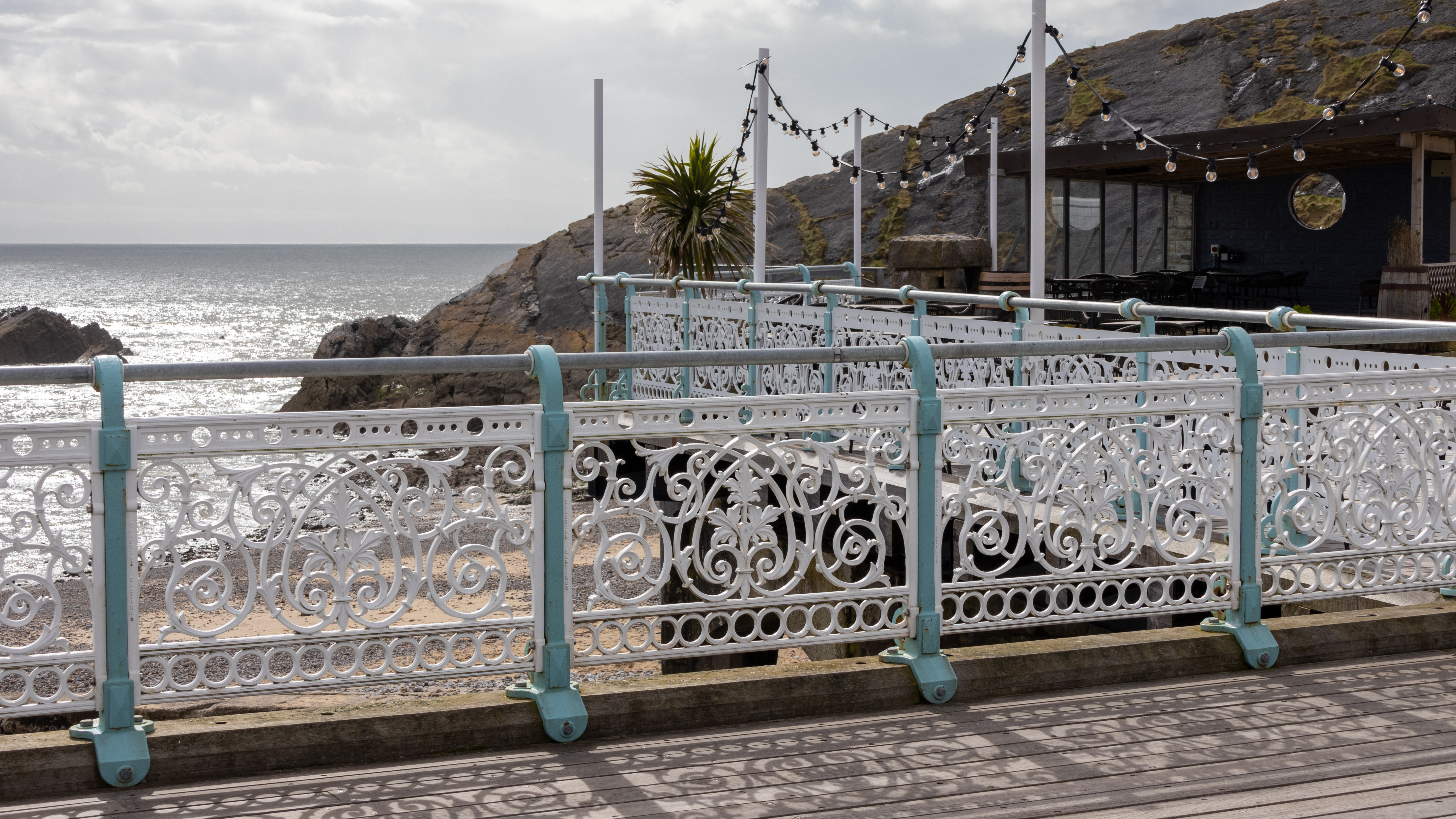

It can shoot 4k / 30p videos oversampled from 6k, however, the options for vlogging are pretty limited. If you want IBIS, you’re going to have to spend more, simple as that. There is a digital image stabilization setting in the menu, but it adds quite a strong crop and isn’t perfect. And as there are limited RF-S lenses, even the widest 18-50mm kit lens is less than ideal for this.
To test its ability in low light, I went to a dimly lit car park to shoot where I could really push the ISO up. In some instances, the ISO needed to be up as high as 4000 and sadly, there’s just way too much noise in the images for them to be usable, so I’d have a hard time recommending this camera for any low light photography or astrophotography. That said, the images taken in good light were impressive for such a small camera.
- Image quality: 3.5/5
Should I buy the Canon EOS R50
| Attributes | Notes | Rating |
|---|---|---|
| Price: | Incredibly affordable, but limited for what it is | 3/5 |
| Design: | Simplified to the extreme | 3/5 |
| Features and performance: | Impressive autofocus, but many other features are very basic | 4/5 |
| Image quality: | Almost as adept with stills as with video, but it's the latter that really stands out. | 3.5/5 |
Buy it if...
You want to step up from phone photography
The R50 is very much aimed at beginners, so if you find yourself wanting to take a step up from shooting on your phone, the R50 would be a great, affordable option, either for dedicated content creation or just for sharing your holiday photos.
You want something affordable and simple
A lot of cameras these days have confusing menus, a plethora of different knobs and buttons, and it can be daunting trying to figure out how to even use the thing to begin with. With the R50, they’ve kept it sweet and simple.
It’s your first camera
The R50 would make a great first camera as it’s so user friendly and aimed at beginners. Although there are certainly better cameras out there, you won’t find anything better for the price.
Don't buy it if...
You want a camera you can grow with
As great as this camera is for beginners, if you’re looking to advance your photographic skills and move on to something else in the future, you would likely outgrow this camera very quickly.
You want to shoot mainly video
The R50 can shoot 4K video, but with the omission of IBIS, video-shooters and content creators may want to look for something steadier, or purchase a gimbal to use with it.
You want to shoot manual
While many users will enjoy the simplicity of this camera, anyone wanting to shoot in manual and change their exposure settings independently will find it tiresome after a while due to there being only one control dial.

Canon EOS R50: Also consider
| Header Cell - Column 0 | Canon EOS R50 | Canon R7 |
|---|---|---|
| Price (body only) | $679.99 / £789.99 / AU$1,249 | $1,499 / £1,349 / AU$2,349 (body only) |
| Sensor: | 24.2MP CMOS (APS-C) sensor (22.3 x 14.9mm) | 32.5MP APS-C CMOS |
| AF points: | 651-point array | 5915 manually selectable, 651 automatic selection |
| Video: | 4k 30p | 4K/60p, Full HD/60p, High-speed 120p Full HD |
| Viewfinder: | 2.36m -dot | 0.39-inch OLED 2.36m-dot resolution |
| Memory cards: | 1 x SD/SDHC/SDXC UHS-I | Double SD/SDHC/SDXC UHS-II |
| LCD: | 3.fully articulating, 1.62m -dot | 2.95-inch vari-angle touch 1.62m-dot |
| Max burst | 15fps | 15fps mechanical shutter (buffer 224 JPEG / 51 raw), 30fps electronic shutter (buffer 126 JPEG / 42 raw) |
| Connectivity: | Wi-Fi, USB-C | Wi-Fi, Bluetooth |
| Size: | 116 x 88 x 69mm (4.57 x 3.39 x 2.72″) | 132 x 90.4 x 91.7mm |
| Weight: | 375g with card and battery | 612g (inc. battery and SD card) |
Before you leave our Canon EOS R50 review, it's worth considering these alternatives that offer some of the same advantages for either stills or videos (or both).
Canon R7
If you’re wanting something small and compact with a bit more oomph, consider going for the Canon EOS R7. It is more expensive (currently $1499), but if you can stretch your budget, it’s an extremely powerful camera that can do both stills and video very well, has IBIS and a 33MP sensor.
Read our full Canon R7 review here
How I tested the Canon EOS R50
The Canon EOS R50 was tested over a few days along with the Canon RF-S 18-150mm f/3.5-6.3 IS STM and 18-45mm f4.5-6.3 IS STM lenses around my local area in South Wales.
In the short time I had with this camera, I wanted to capture a number of different subjects to show how well the camera performed in different environments. I tested it in daylight and low-light situations (though sadly the weather didn’t allow for any astrophotography), and I tried to capture a range of different colors, as well as contrasting light & shadows. I also enjoyed testing the eye autofocus on a number of different animals.
As a photographer myself, I know that choosing a camera is a serious decision, so I tried to test this camera in a way that would reflect many of the ‘real-world’ situations that photographers would encounter, and which features and specs would be more important and impactful over others.
First reviewed March 2023

Kimberley Lane is a landscape & seascape photographer living in South Wales. Originally using photography as a way to cope with health issues, she aims to portray a feeling of calm and peace through her images. Her work has been featured in a number of national photography magazines and she has also written for Space.com.
